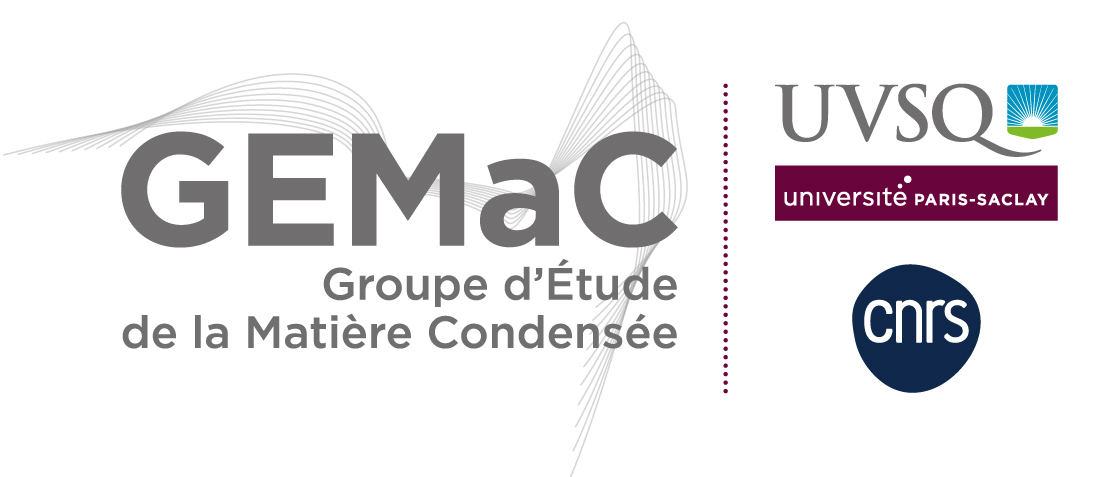Vous êtes ici : GEMACFRSéminaires et colloques
- Partager cette page :
- Version PDF
Luminescent mechano-responsive molecules and materials: from molecular engineering towards the elaboration of force sensors
Clémence Allain
PPSM, ENS Paris Saclay, CNRS, Université Paris Saclay, Gif sur Yvette, France
le 8 octobre 2024
Amphithéâtre de l'Institut d'optique
2 Av Fresnel, 91127 Palaiseau
Également en ligne
https://uvsq-fr.zoom.us/j/93331544346?pwd=HF8le8SaI3yRsBye1eFfld5V3Dy11f.1
Fluorescent materials are able to signal different stimuli with a high sensitivity. In particular a material is called mechano-responsive or « mechanofluorochromic » when its fluorescence emission changes upon mechanical stimulation (pressure, shearing force...). Mechanofluorochromic compounds have attracted a rapidly growing interest for the last ten years and several series of new molecules have been synthesized. We aim at relating the molecular structure of a mechanofluorochromic dye to its sensitivity to different mechanical stimuli, and at quantifying their fluorescence response to such stimuli, with the ultimate goal of developing force sensors based on these fluorescent probes.
We have studied various series of mechanofluorochromic compounds, amongst which difluoroboron b-diketonate derivatives that display appealing photophysical properties (bright luminescence in the solid state together with a marked change in fluorescence emission colour after mechanical stimulation) and fluorescent polydiacetylenes derivatives chosen for their off to on fluorescence response to applied forces and potential high sensitivity. Our strategies to understand and quantify their mechanofluorochromic responses at the macroscale and at the (sub) microscale will be presented.
- Revenir à la liste complète des séminaires





